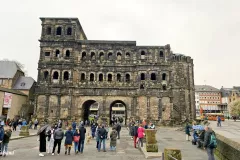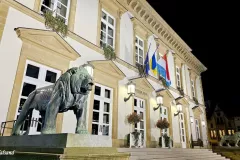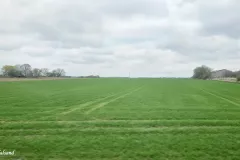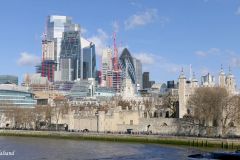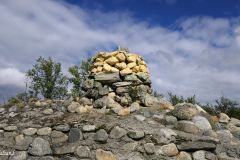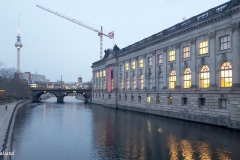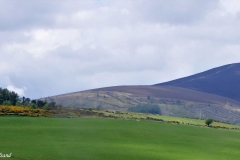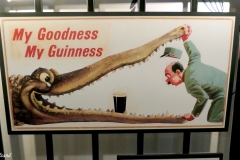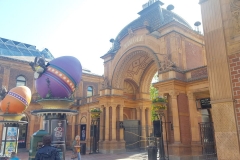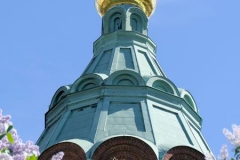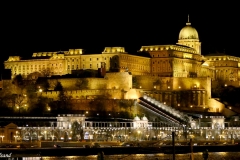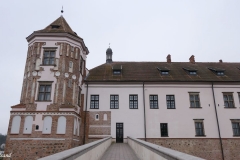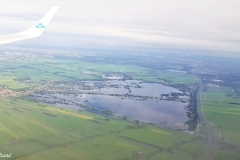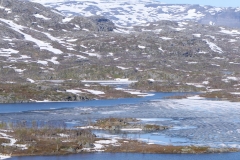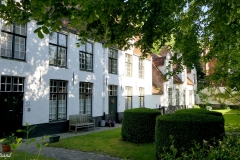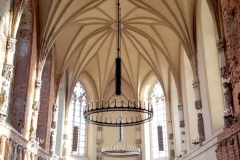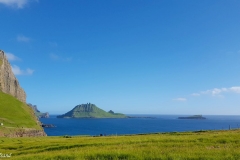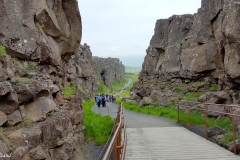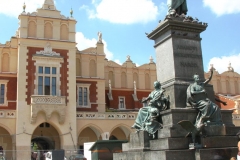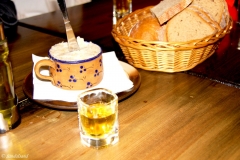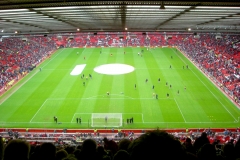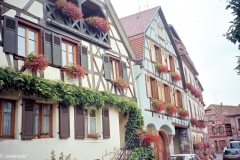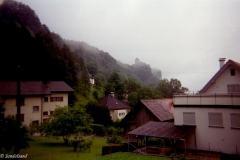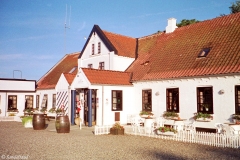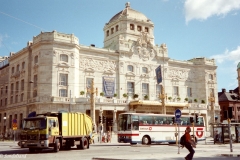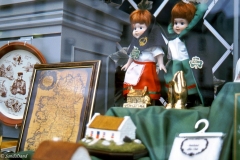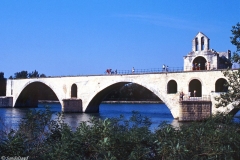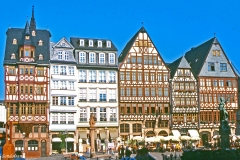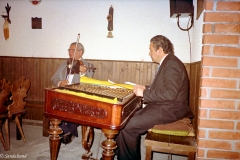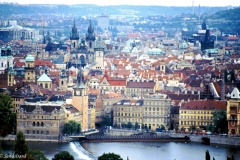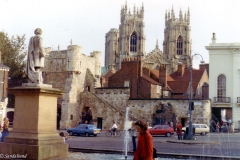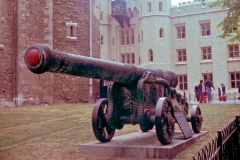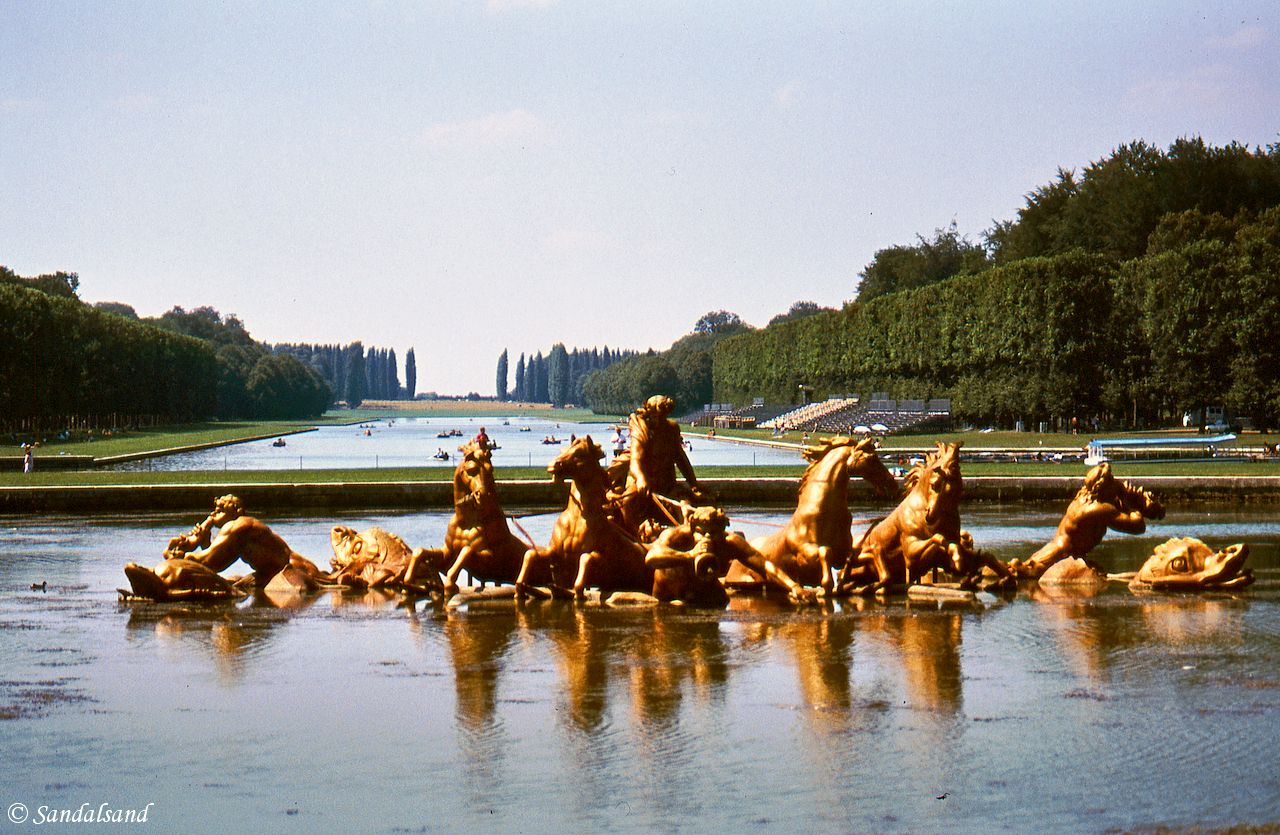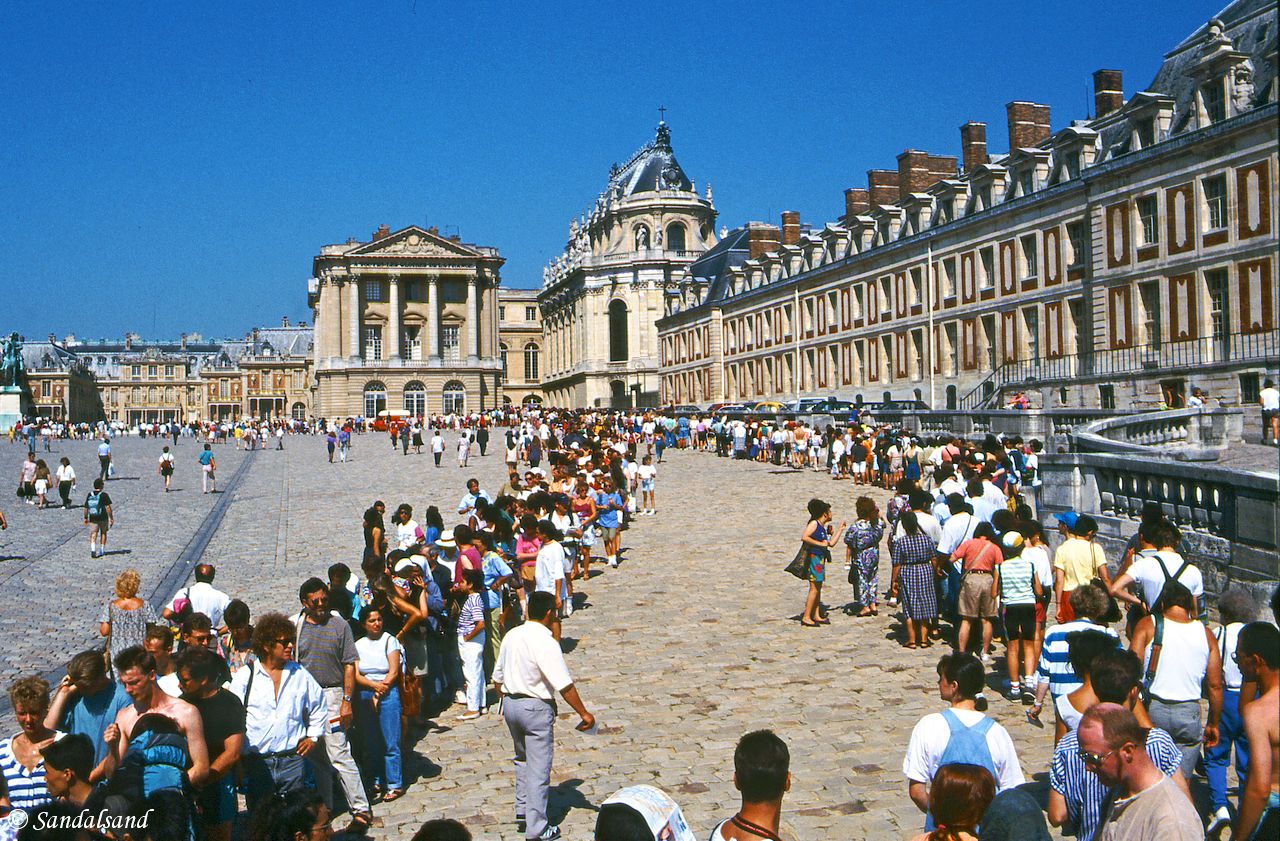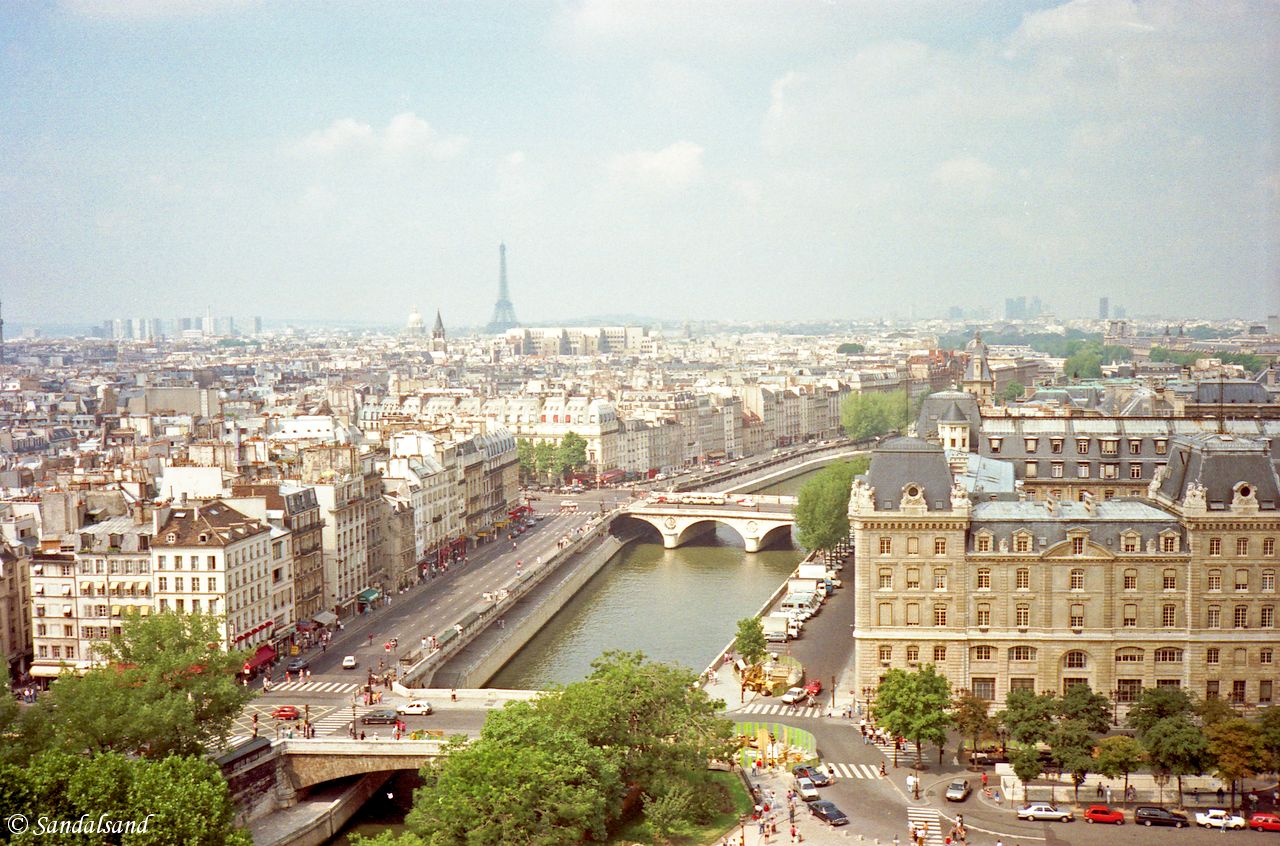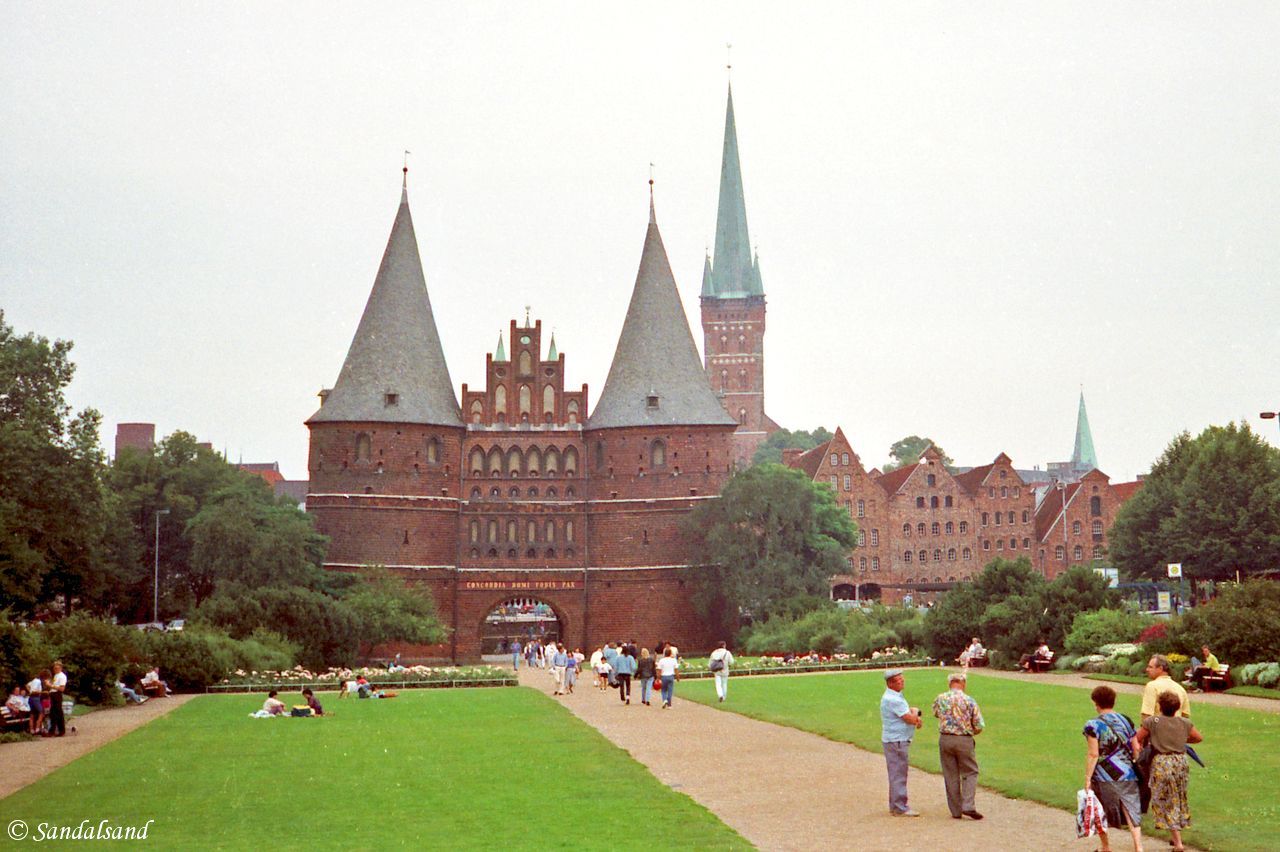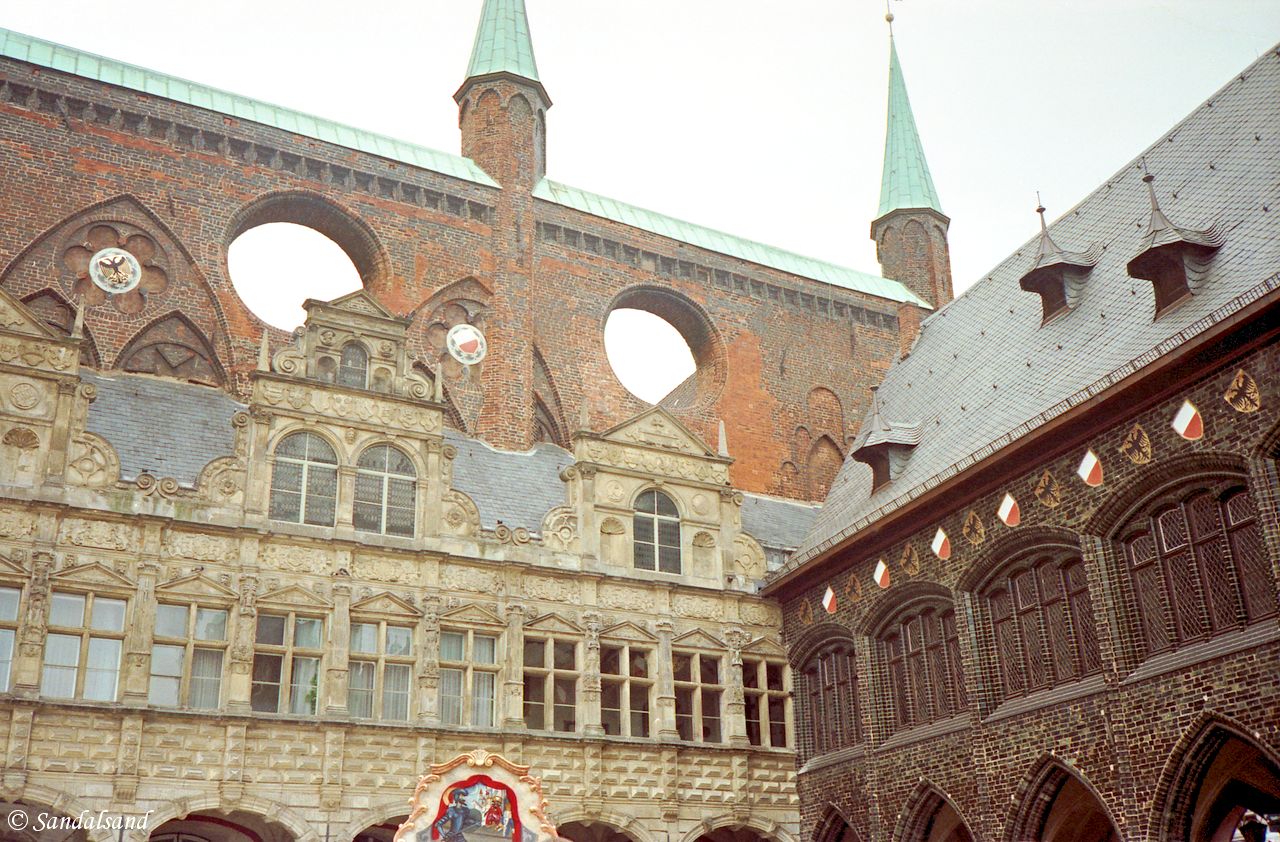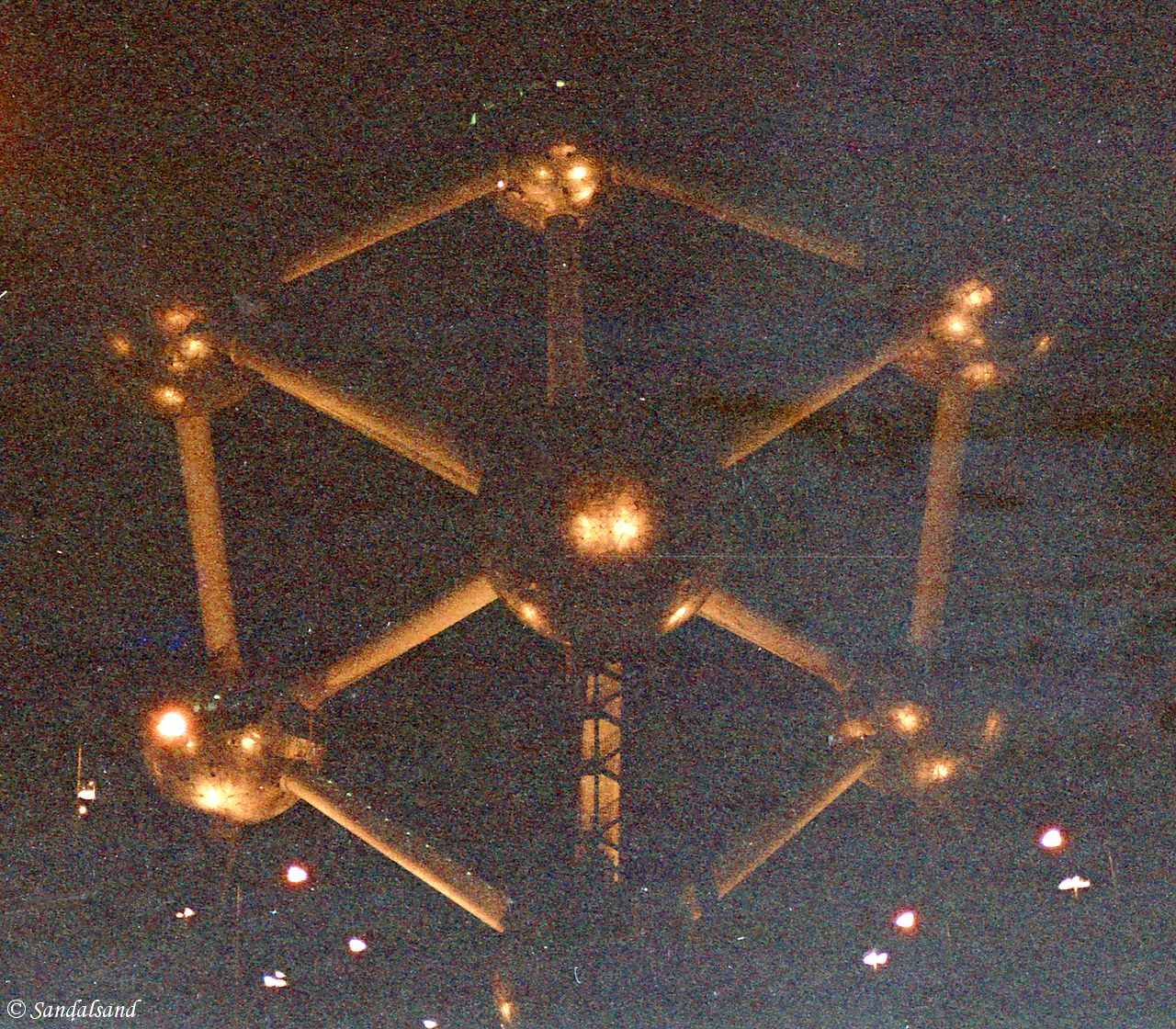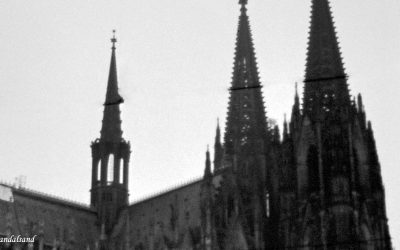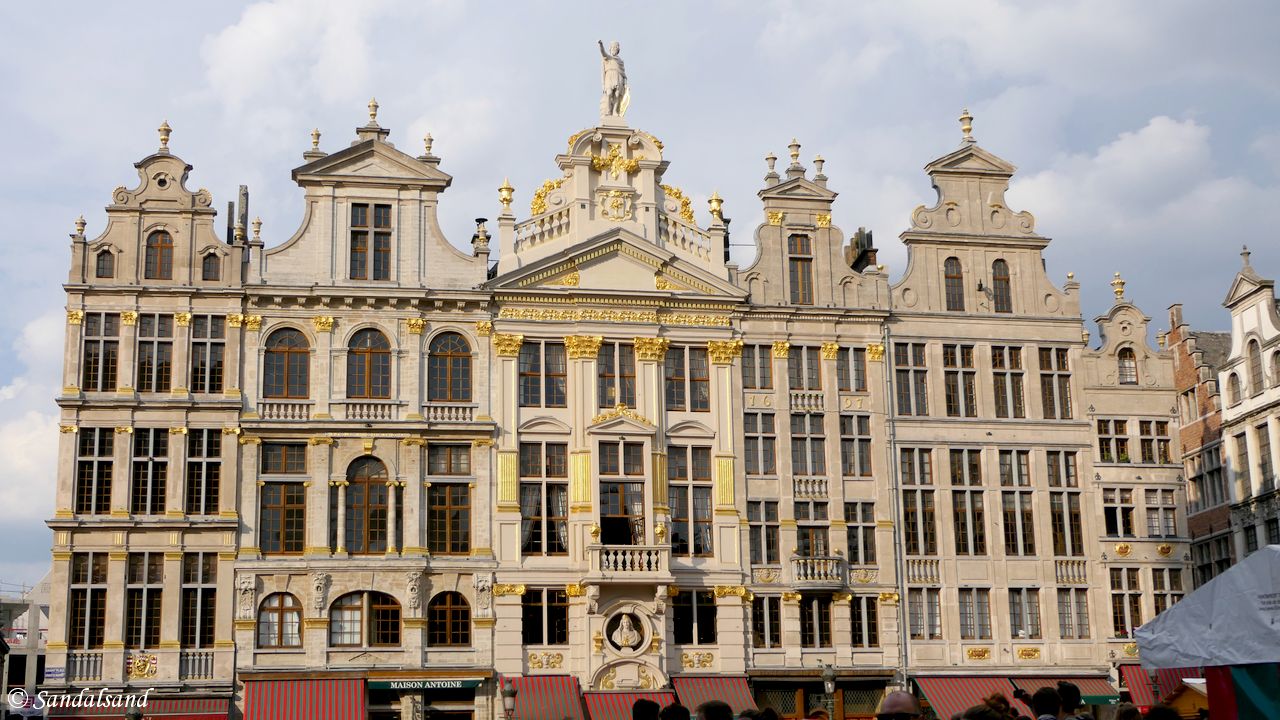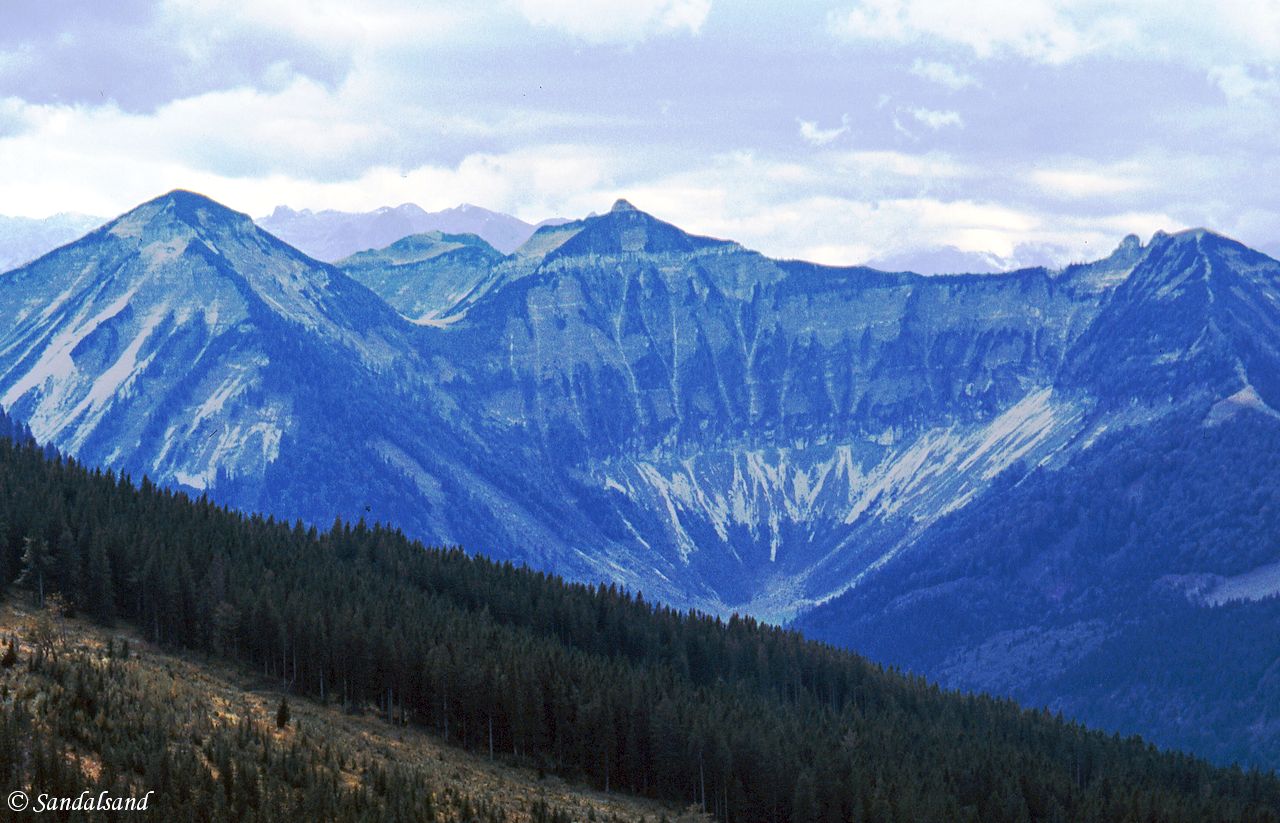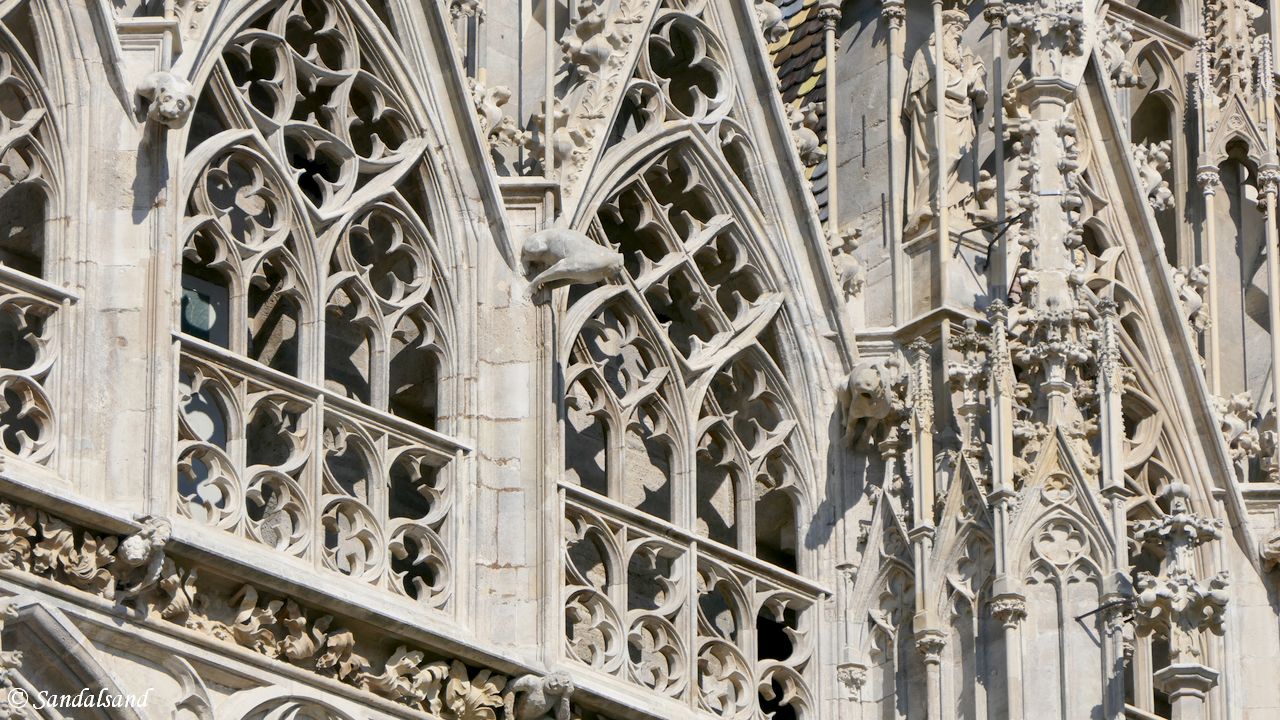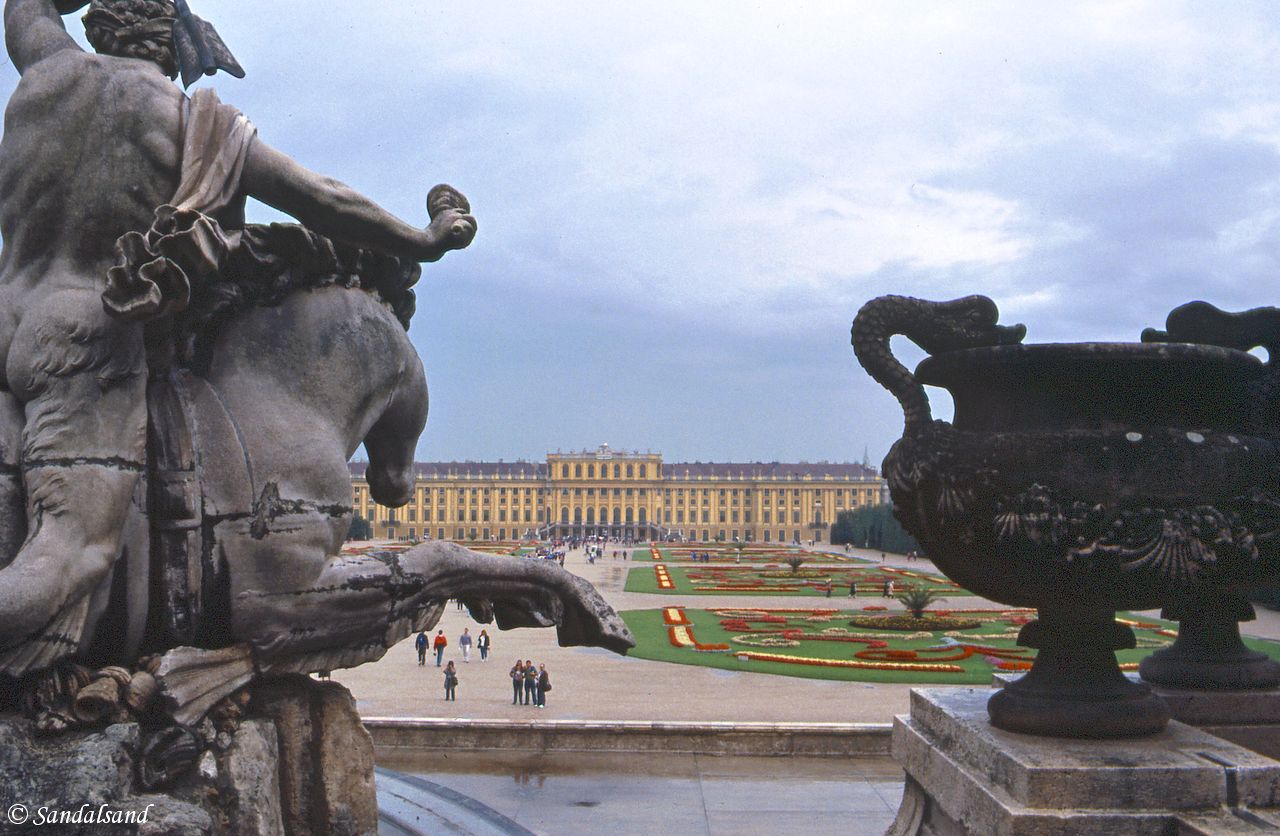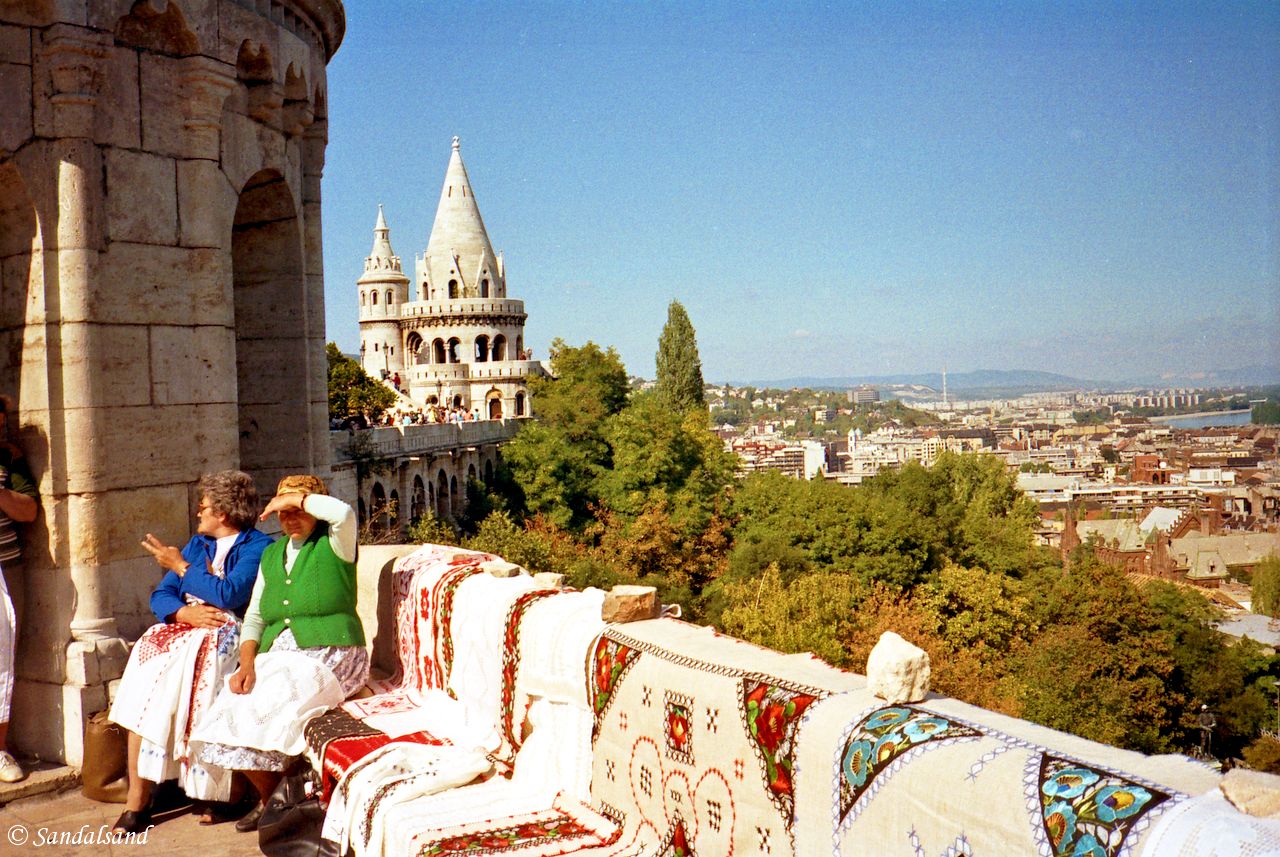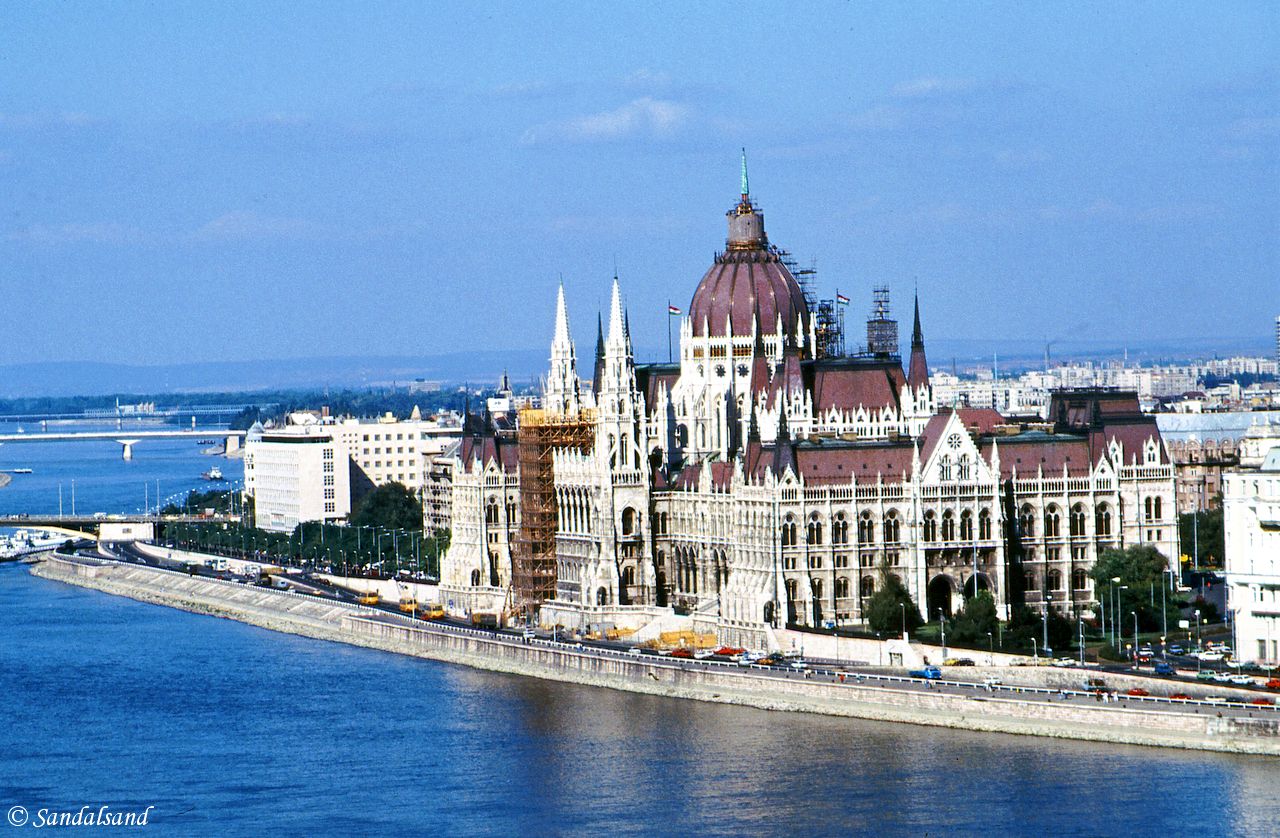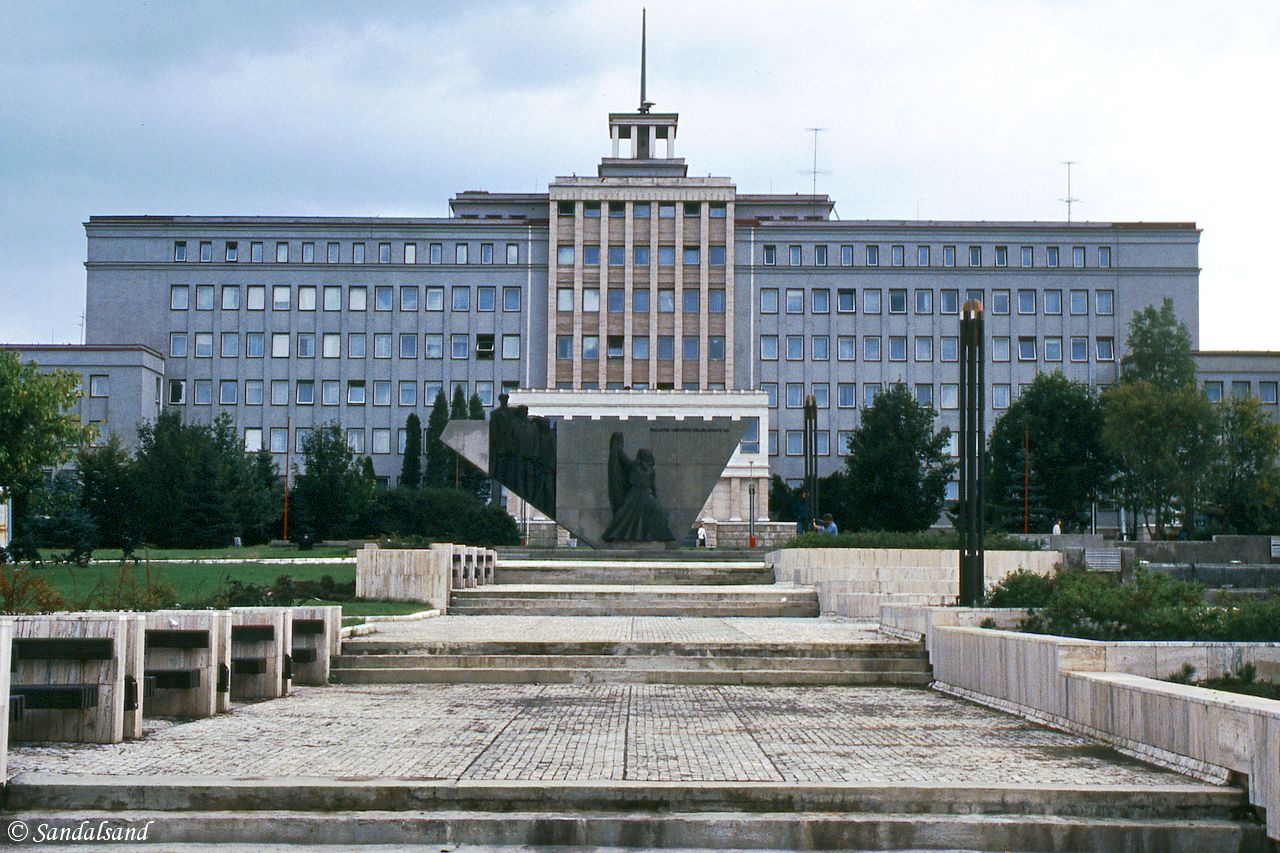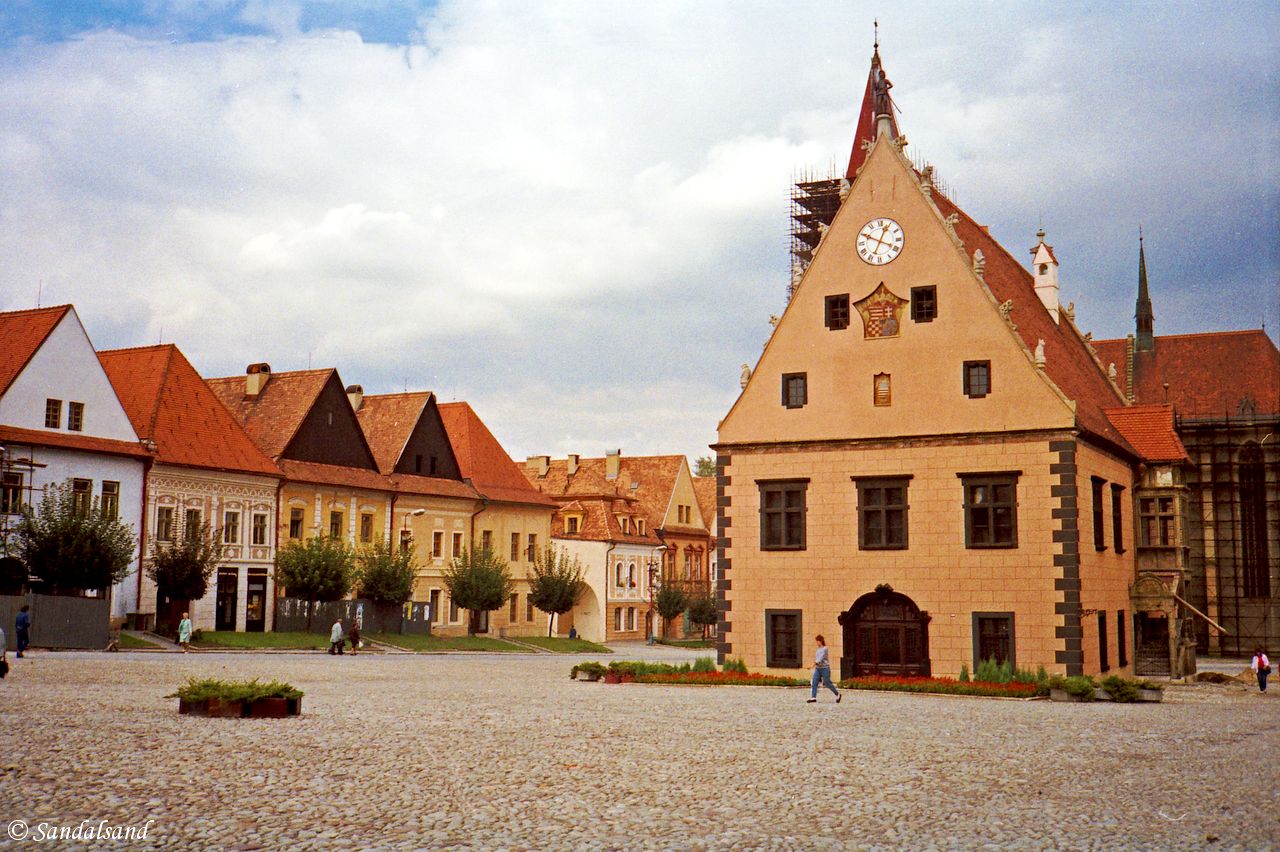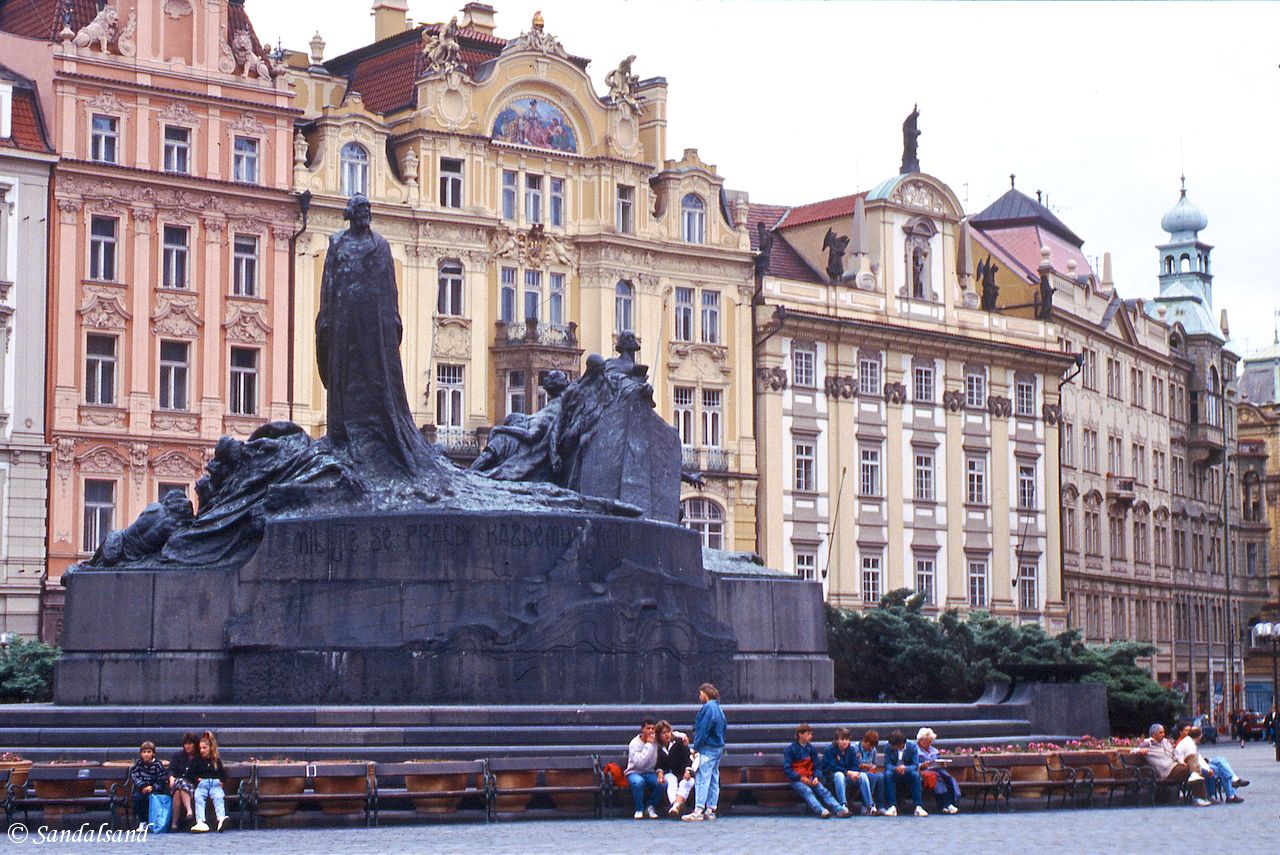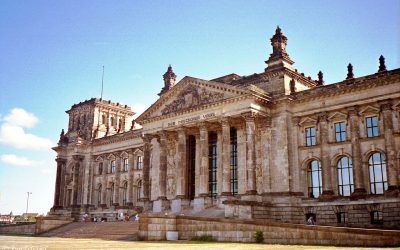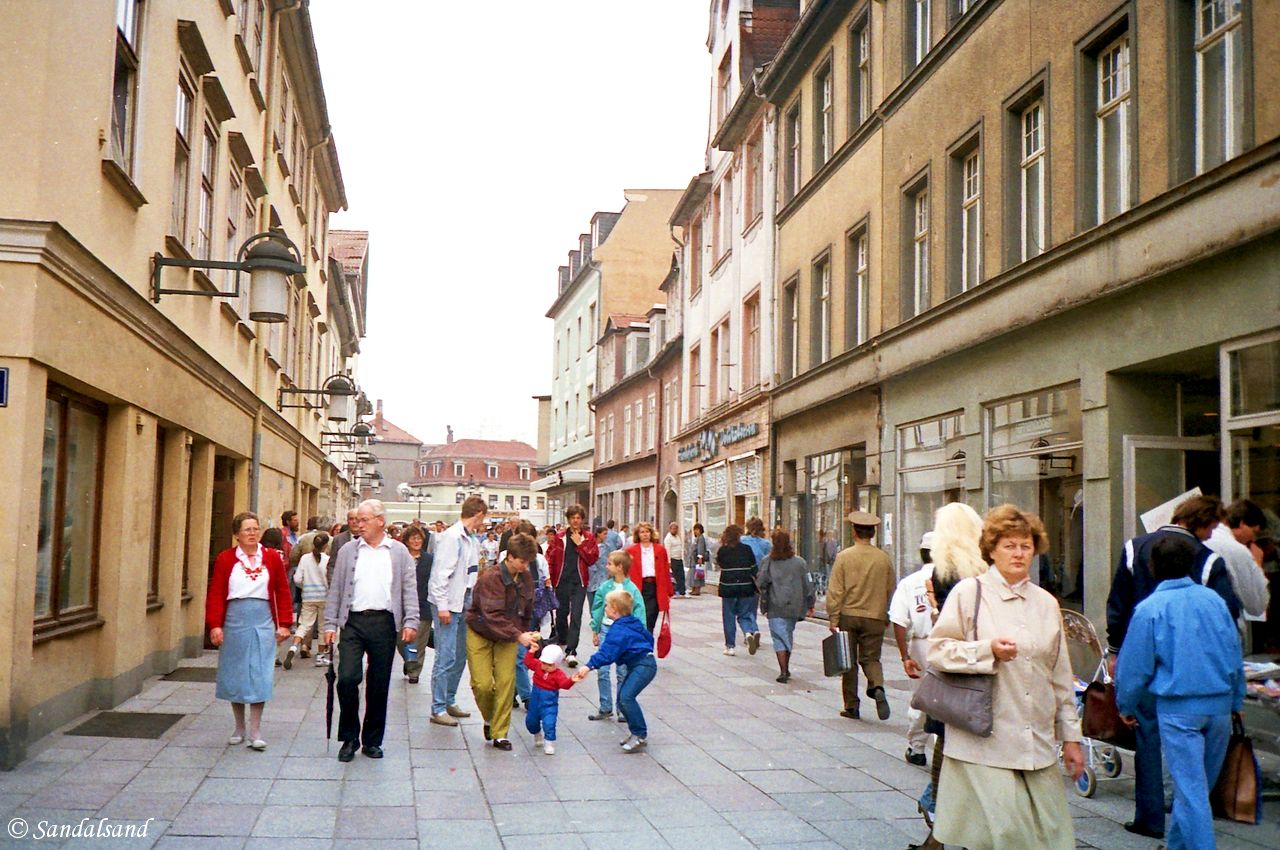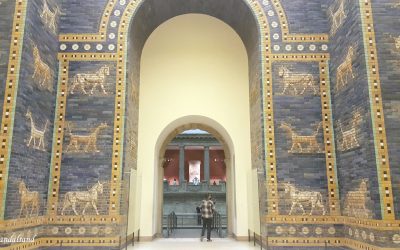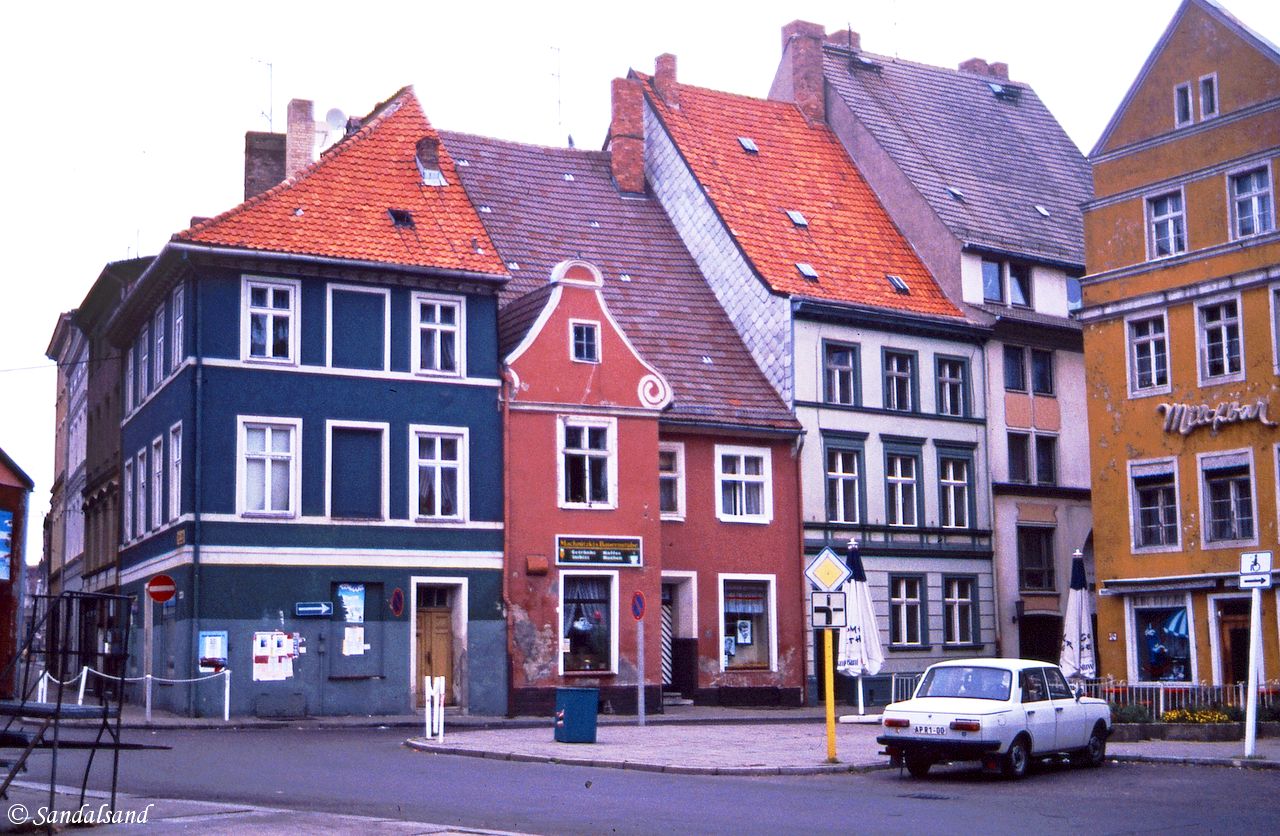Intro
States
Photos
Blog
Facts
Overall impressions
This is a picture from the “Old World”, the largely Protestant and ethnically quite homogeneous region stretching from Prague in the southeast to Ireland in the west to Scandinavia in the north – and to some extent Russia in the east. For four hundred years, between 1550/1600 and 1950/2000, countries in this region defined the world as we today know it. Geo-politically, economically, militarily, philosophically, culturally, and in terms of world languages.
All about this region is history. Everything older than 200 years fascinates Americans who come here. The OMGs emit at a constant pulse. This region hardly offers anything but 200+ years of historical artefacts. Asians who come here find consumers able to pay for their products. Africans coming here find nothing but a boot kicking them back home again.
The region’s population is (at least relatively speaking) in decline, it is ageing, the economic importance is becoming negligent, innovations take place elsewhere in the world, the region’s countries have for decades been vassal states under an external superpower. Europe as a whole is splitting apart in infighting, selfishness and an overburdened welfare state.
Countries
Armenia | Austria | Azerbaijan | Belarus | Belgium | Czechia | Denmark | Estonia | Finland | France | Georgia | Germany | Hungary | Iceland | Ireland | Latvia | Liechtenstein | Lithuania | Luxembourg | Netherlands | Norway | Poland | Russia | Slovakia | Sweden | Switzerland | Ukraine | United Kingdom
There are 25 countries in what Sandalsand has grouped as North and Central Europe. Click a country name to view all posts from each country.
My definition of North and Central Europe encompasses everything north of the Mediterranean Ocean, including parts of Eastern Europe. Sandalsand’s travels in this world region are numerous. Obviously, I have lived here all my life. If I was to attempt a resume of my travels in this region, I would not know where to start or finish, or how.
I have been to almost all countries in this region. The three exceptions are in the Caucasus. To be more specific, I have not been to Georgia, Armenia or Azerbaijan. Historically, they have been categorised as West Asia or even Middle East. In recent years, geographers have started to group the three under the Europe heading. I am including them here for the time being. They are most certainly on my bucket list, for many reasons.
Photo galleries
Open the box to view a multitude of picture galleries from Sandalsand’s travels in this region.
Click to show or hide
For the best experience, open a picture gallery in a new tab or window. You will find numerous galleries from Norway on another page. Read the introduction to Norway.
Posts from North, Central and East Europe
Find Norway entries on a separate page.
A few days in Paris and Versailles
Sightseeing in Paris and a day at Versailles. There are so many world class attractions that one gets completely overwhelmed. This article is...
World Heritage #0083 – Versailles
The palace and park of Versailles is huge, extravagant and beautiful. It continues to draw admirers from near and far. The UNESCO World...
World Heritage #0600 – Paris
There is an enormous amount of sights in Paris, on the banks of the Seine. The central parts of the French capital is a world heritage. The UNESCO...
InterRail in Germany, France and Italy
This is an introduction to an InterRail train journey to Germany, France and Italy. We started in Norway and transited through Sweden and Denmark....
World Heritage #0272 – Hanseatic City of Lübeck
The Hanseatic City of Lübeck was an important town for centuries and has kept enough of the old days for visitors to enjoy for centuries more. The...
A short visit to Brussels
We made a short visit to Brussels and managed to visit famous squares and statues in Brussels, before we had to leave. This is article no. 6 in a...
World Heritage #0292 – Cologne Cathedral
The Cologne cathedral is a huge Gothic cathedral, right in the middle of a large city, in Germany. The UNESCO World Heritage List includes more than...
World Heritage #0857 – La Grand-Place
I can't really think of many squares on the Heritage List, and La Grand-Place in Brussels is indeed quite extraordinary. The UNESCO World...
Vienna and Salzkammergut
On our InterRail in Europe we had reached Austria. Here we went east to the capital of Vienna and then Salzkammergut, a region in the west. These...
World Heritage #0784 – Salzburg
Stream some Mozart music into your ears during your walks in Salzburg and enjoy life. Walk up to the castle for a splendid view. The UNESCO...
World Heritage #1033 – Vienna
The Historic Centre of Vienna has not really been at the centre of the world stage for a century, but the previous centuries have left an...
World Heritage #0786 – Schönbrunn
The emperors must have been staging huge parties in the park and halls of the Schönbrunn. At least there is ample space to do so. The UNESCO World...
Budapest and other parts of Hungary
Hungary is a very nice country, with beautiful scenery, good wine and transportation challenges. Here is a visit to Budapest and other parts of...
World Heritage #0400 – Budapest
Budapest, the capital of Hungary, is a city brimming with pride and monumental buildings, much because of its history as an important city in the...
The eastern part of former Czechoslovakia
The journey through the now non-existing country of Czechoslovakia here continues with the eastern part of Slovakia. This...
World Heritage #0973 – Bardejov
The Bardejov Town Conservation Reserve is about a fortified medieval town in Slovakia with a very nice square in the middle. The UNESCO World...
World Heritage #0617 – Cesky Krumlov
Cesky Krumlov is a town in the south of the Czech Republic. It has a nice square and a mighty palace with Gothic, Renaissance and Baroque elements....
The western part of former Czechoslovakia
Unlike East and West Germany, this chapter is about a country still united, later divided. We were going to the western part of former...
World Heritage #0616 – Prague
The historic centre of Prague (Praha), the Czech capital, is deservedly a very popular place to visit, not only because of its architecture. ...
Berlin and former East Germany
This is my diary from a four week train journey to Eastern Europe. We first went to Berlin and the former republic of East Germany. This is article...
World Heritage #0846 – Classical Weimar
Classical Weimar is a pleasant place to visit, and historically important in the cultural development of Germany - and Europe. The UNESCO World...
World Heritage #0532 – Potsdam
In the huge parks of Potsdam, at the western outskirts of the German capital, we find a large collection of fine palaces. The UNESCO World Heritage...
World Heritage #0896 – Museumsinsel
The Museumsinsel (Museum Island) in Berlin is an island with museums. They date from when the very idea of museums was formed. The UNESCO World...
World Heritage #1067 – Stralsund and Wismar
The historic centres of Stralsund and Wismar are on the Heritage list, like many cities that once belonged to the Hanseatic League. The UNESCO...
If countries were people, England and France would be old men. Italy would be dead. Compared with them, America is in its 20s. (will.i.am)
A fact sheet
This is Wikipedia’s introduction to Europe as a whole.
Map and numbers
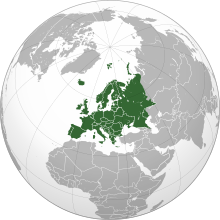
- Area: 10,180,000 km2
- Population: 741,447,158 (2016)
- Population density: 72.9/km2
- Nominal GDP: $20.2 trillion (2017)
- PPP GDP: $26.7 trillion (2017)
- Per capita GDP: $27,330 (2017)
- HDI: 0.845
- Demonym: European
- Countries: 50 sovereign states, one observer, 6 with limited recognition
- Dependencies: 6 dependencies
Geography
Europe is a continent located entirely in the Northern Hemisphere and mostly in the Eastern Hemisphere. It is bordered by the Arctic Ocean to the north, the Atlantic Ocean to the west and the Mediterranean Sea to the south. It comprises the westernmost part of Eurasia.
Since around 1850, Europe is most commonly considered as separated from Asia by the watershed divides of the Ural and Caucasus Mountains, the Ural River, the Caspian and Black Seas and the waterways of the Turkish Straits. Though the term “continent” implies physical geography, the land border is somewhat arbitrary and has moved since its first conception in classical antiquity. The division of Eurasia into two continents reflects East-West cultural, linguistic and ethnic differences, some of which vary on a spectrum rather than with a sharp dividing line. The border does not follow political boundaries, with Turkey and Russia being transcontinental countries.
Europe covers about 10,180,000 square kilometres, or 2% of the Earth’s surface (6.8% of land area). Politically, Europe is divided into about fifty sovereign states of which the Russian Federation is the largest and most populous, spanning 39% of the continent and comprising 15% of its population. Europe had a total population of about 741 million (about 11% of the world population) as of 2016. The European climate is largely affected by warm Atlantic currents that temper winters and summers on much of the continent, even at latitudes along which the climate in Asia and North America is severe. Further from the sea, seasonal differences are more noticeable than close to the coast.
History
Europe, in particular ancient Greece, was the birthplace of Western civilization. The fall of the Western Roman Empire in 476 AD and the subsequent Migration Period marked the end of ancient history and the beginning of the Middle Ages. Renaissance humanism, exploration, art and science led to the modern era. From the Age of Discovery onwards, Europe played a predominant role in global affairs. Between the 16th and 20th centuries, European powers controlled at various times the Americas, almost all of Africa and Oceania and the majority of Asia.
The Age of Enlightenment, the subsequent French Revolution and the Napoleonic Wars shaped the continent culturally, politically and economically from the end of the 17th century till the first half of the 19th century. The Industrial Revolution, which began in Great Britain at the end of the 18th century, gave rise to radical economic, cultural and social change in Western Europe and eventually the wider world.
Both world wars took place for the most part in Europe, contributing to a decline in Western European dominance in world affairs by the mid-20th century as the Soviet Union and the United States took prominence. During the Cold War, Europe was divided along the Iron Curtain between NATO in the West and the Warsaw Pact in the East, until the revolutions of 1989 and fall of the Berlin Wall.
Source
Wikipedia on a Creative Commons Attribution-ShareAlike License. Date: 2018-06-22


